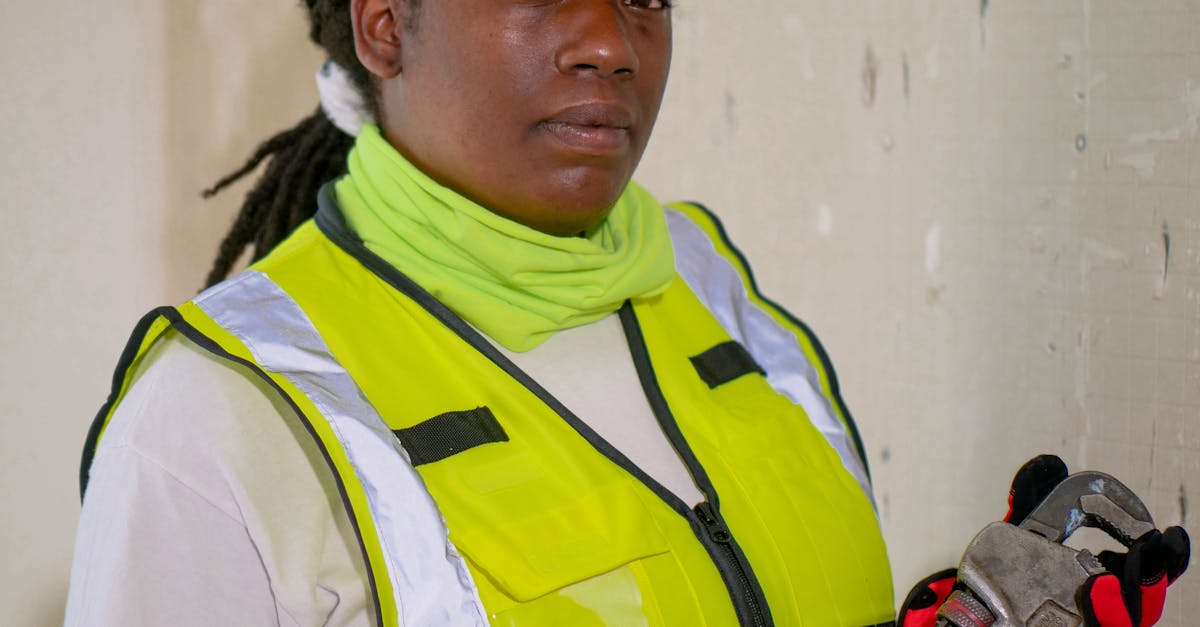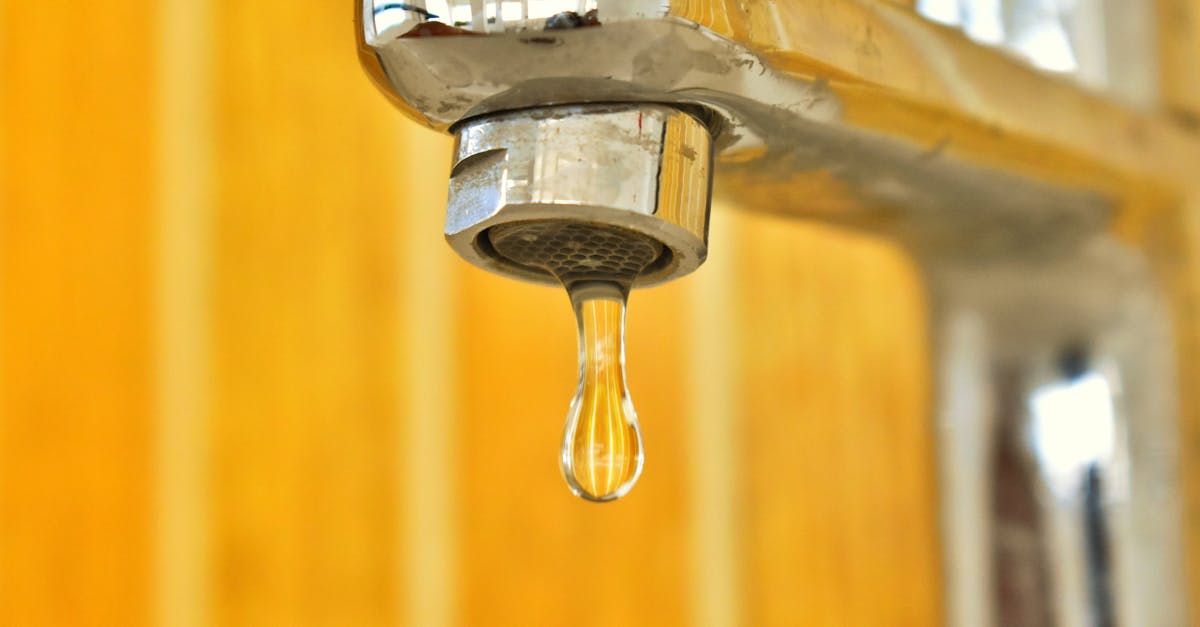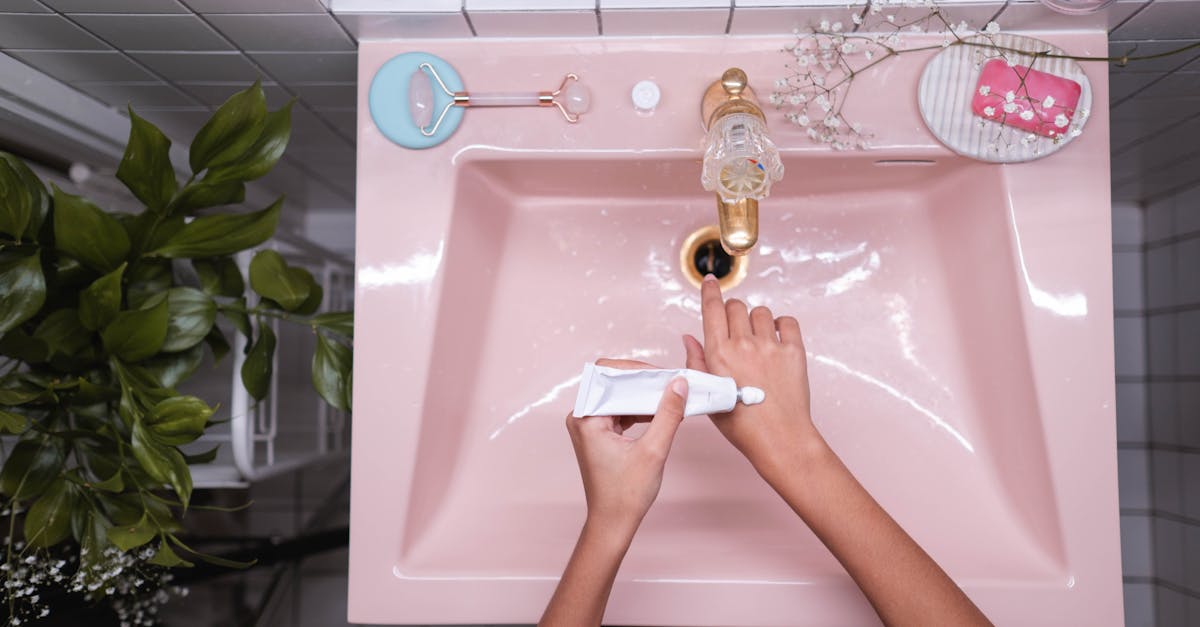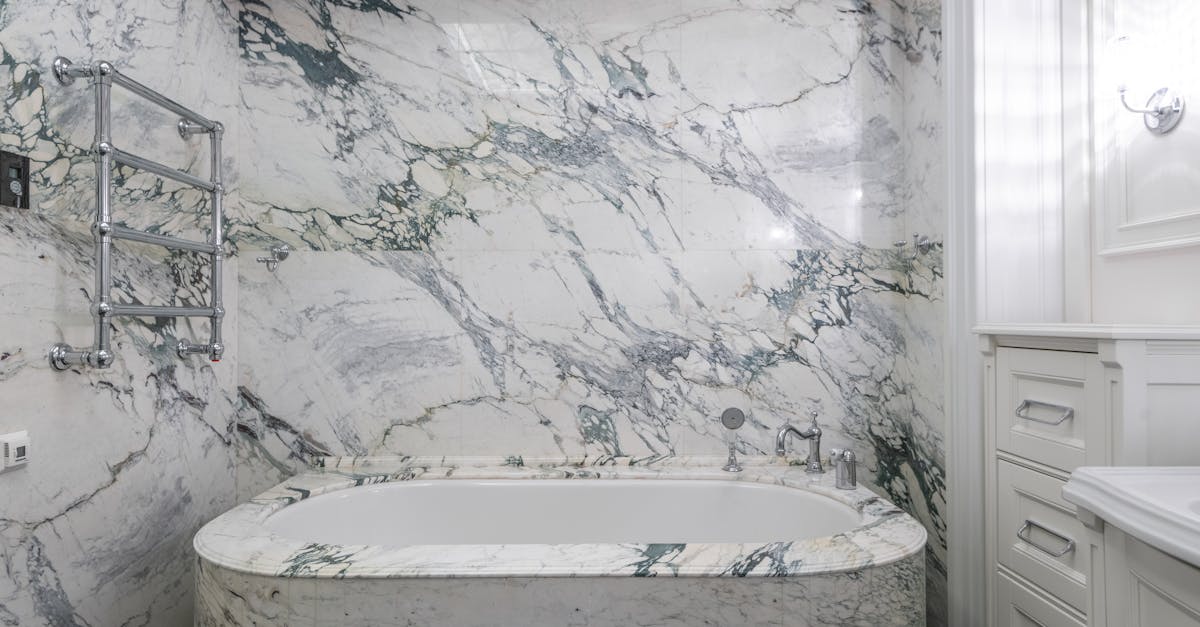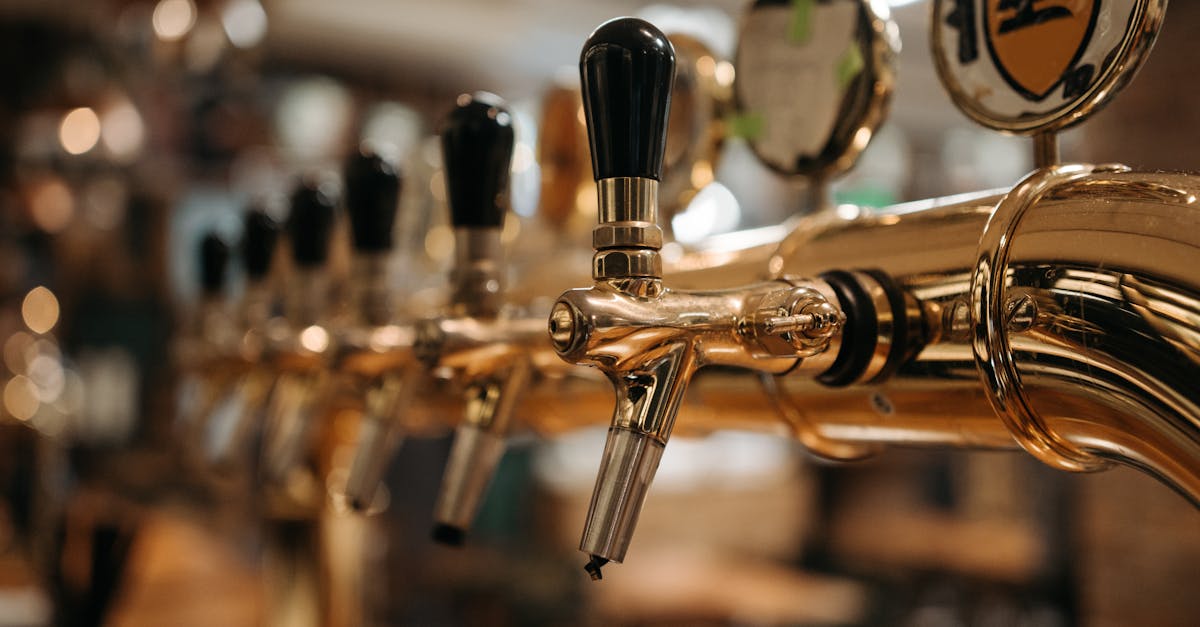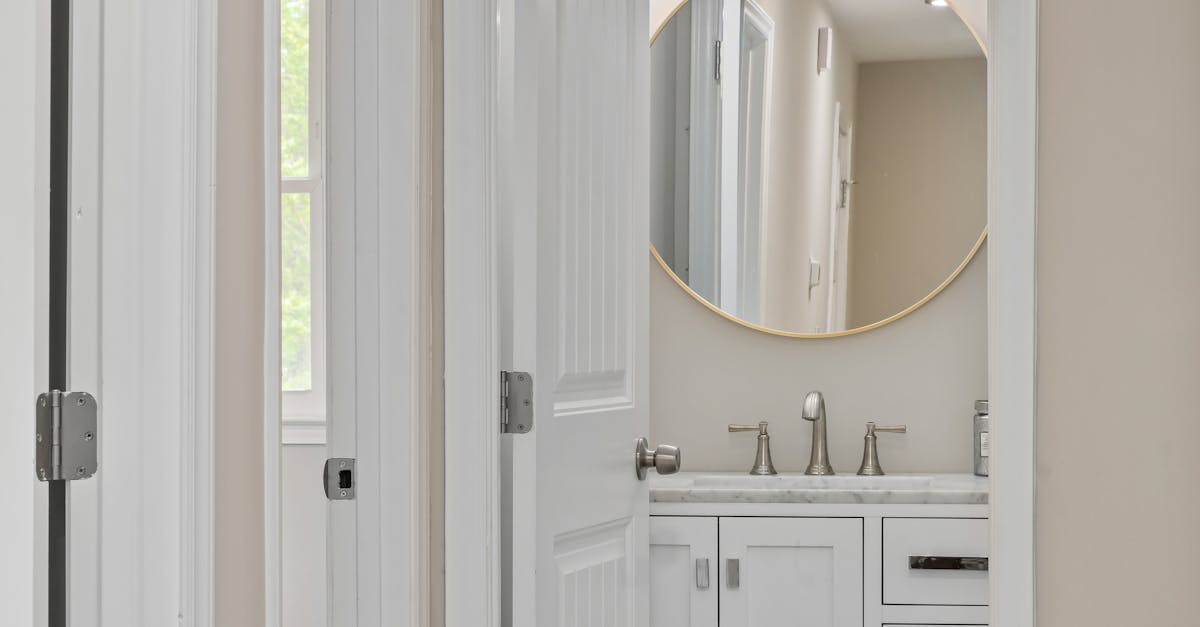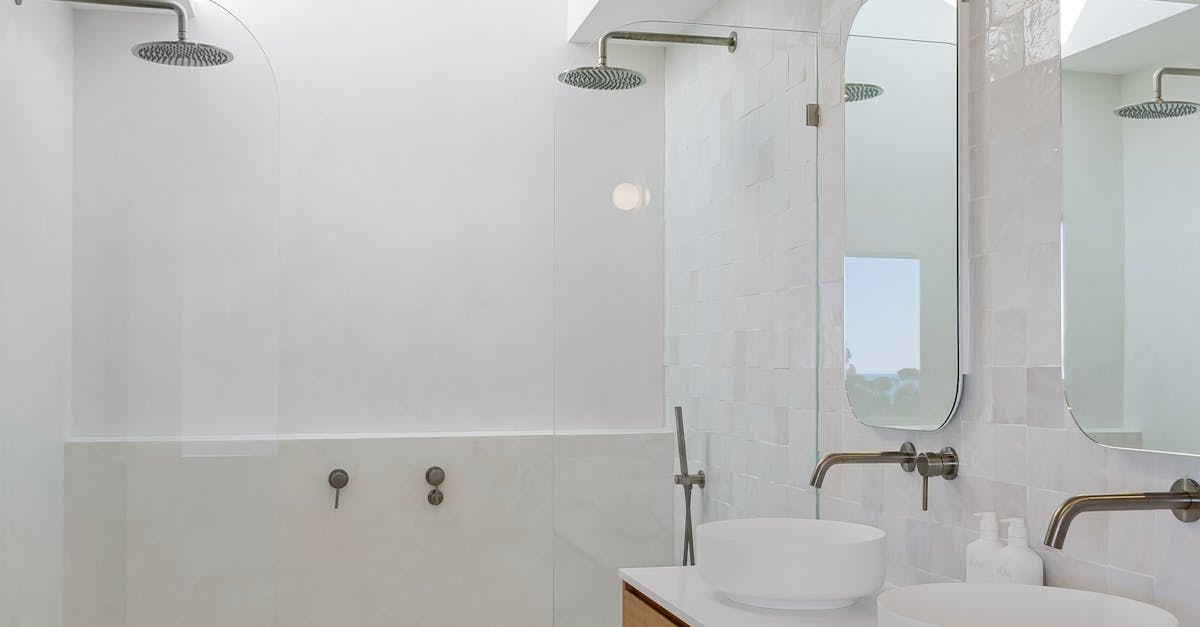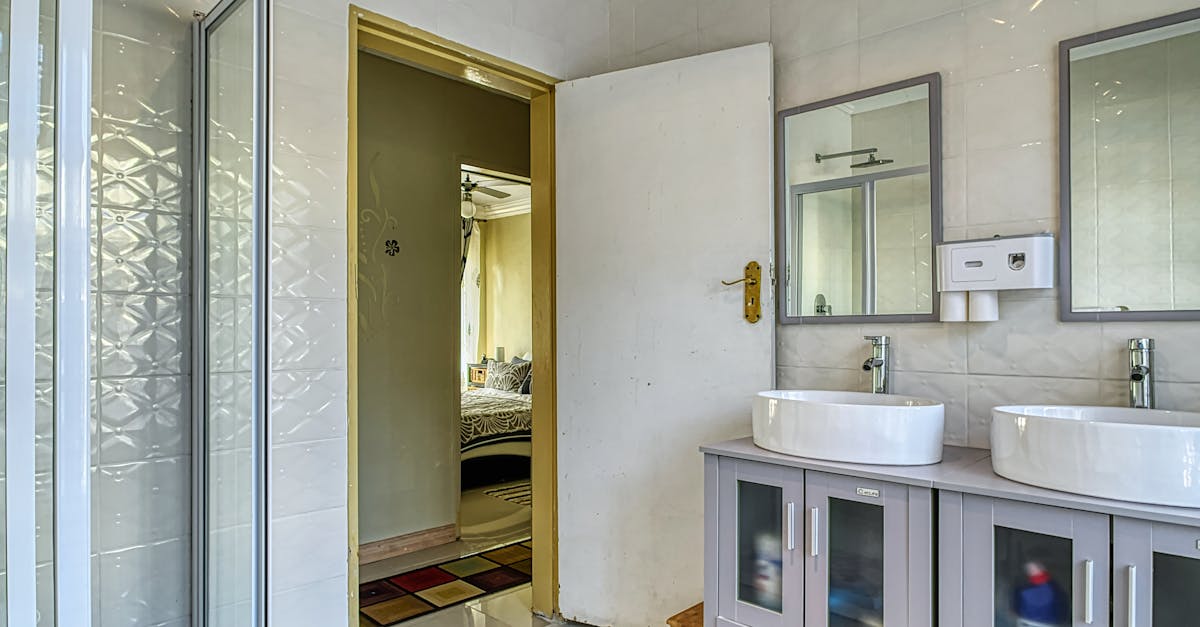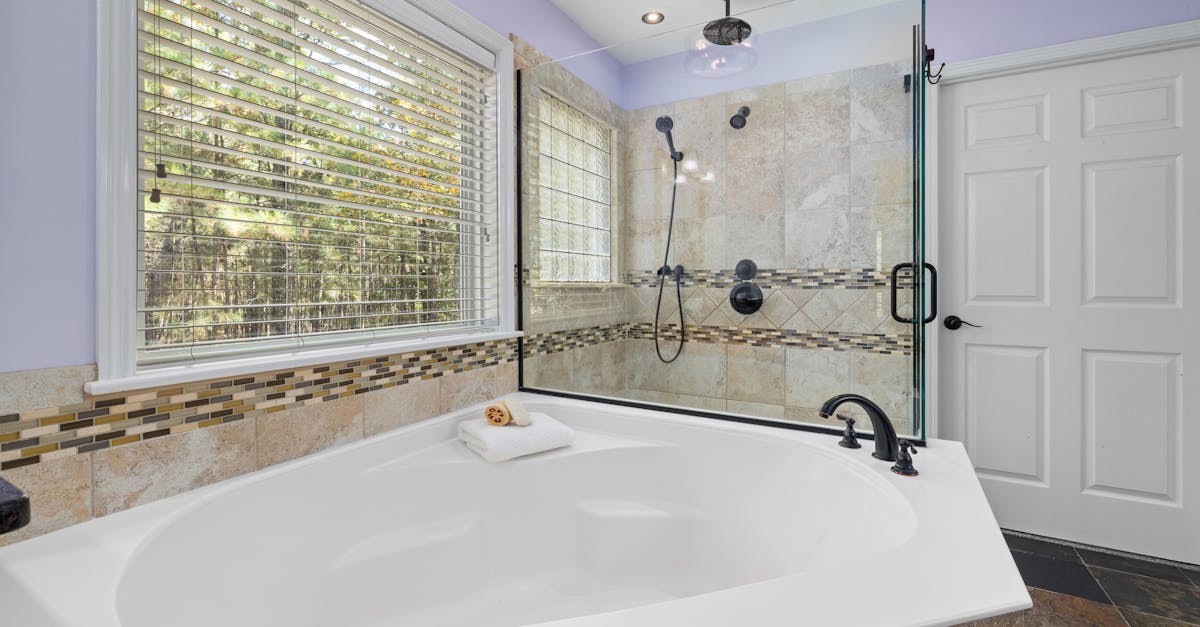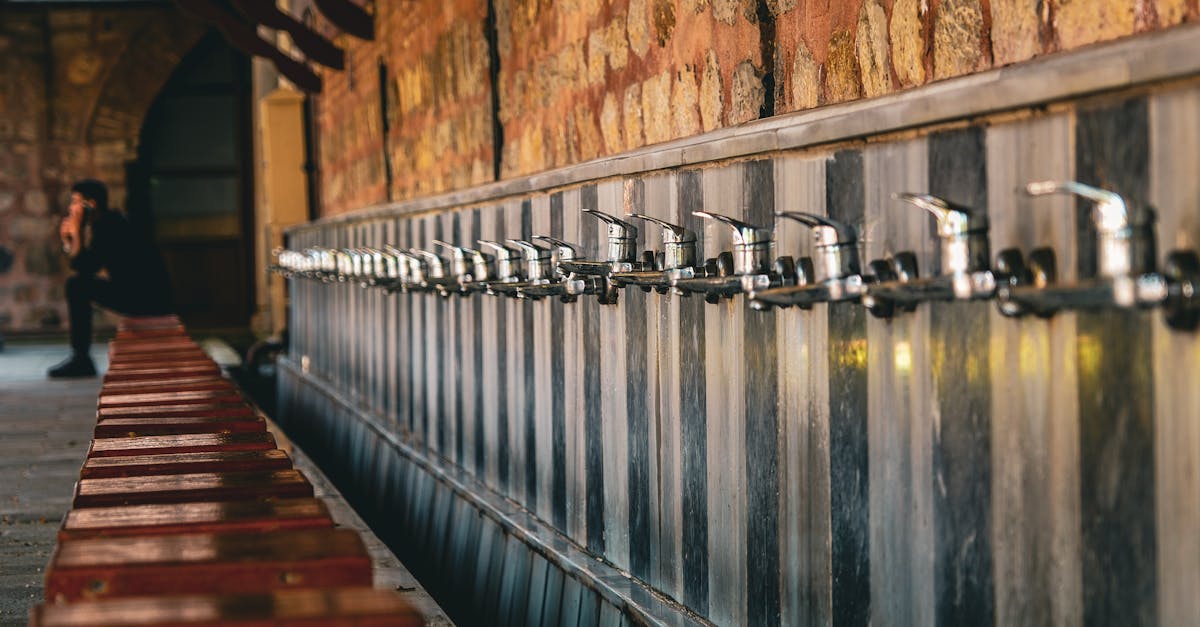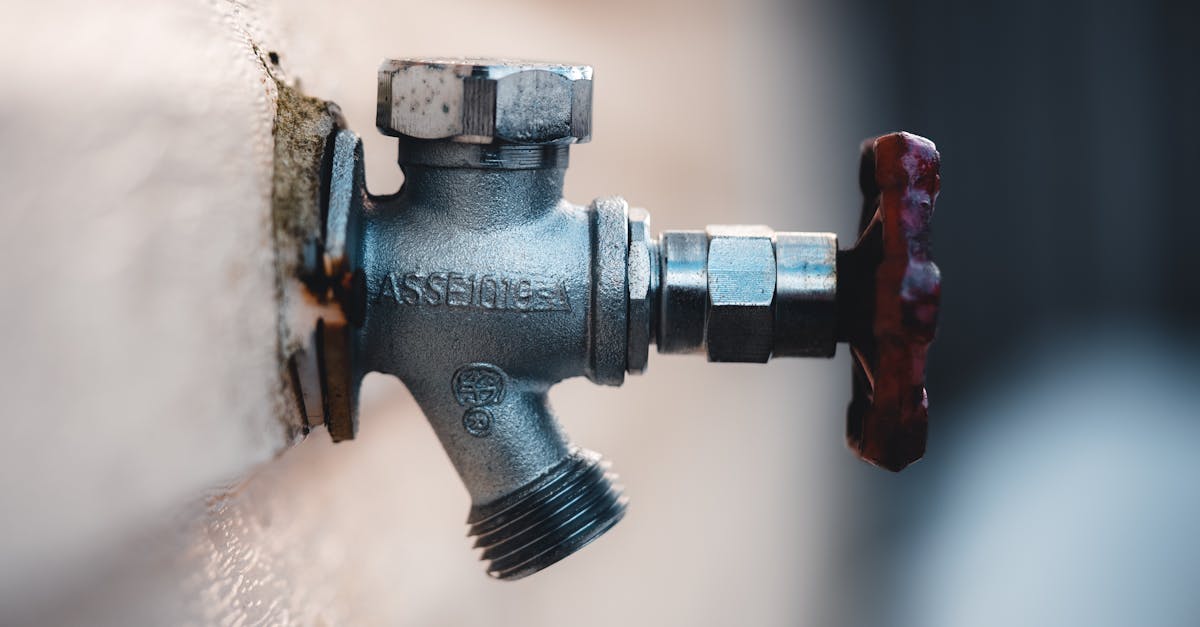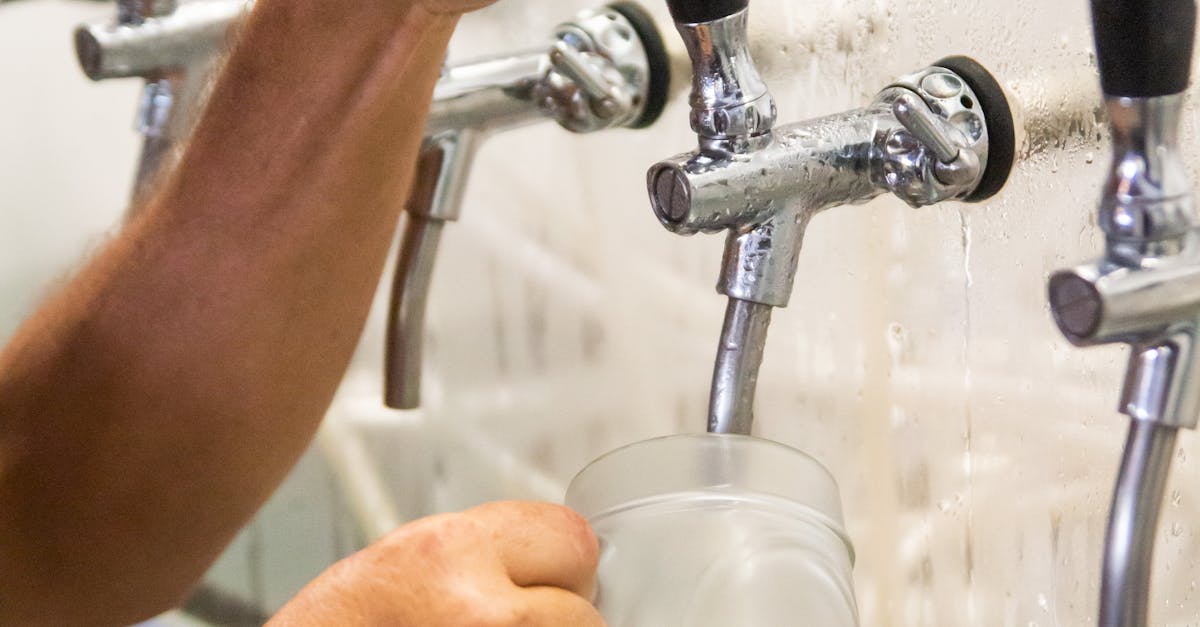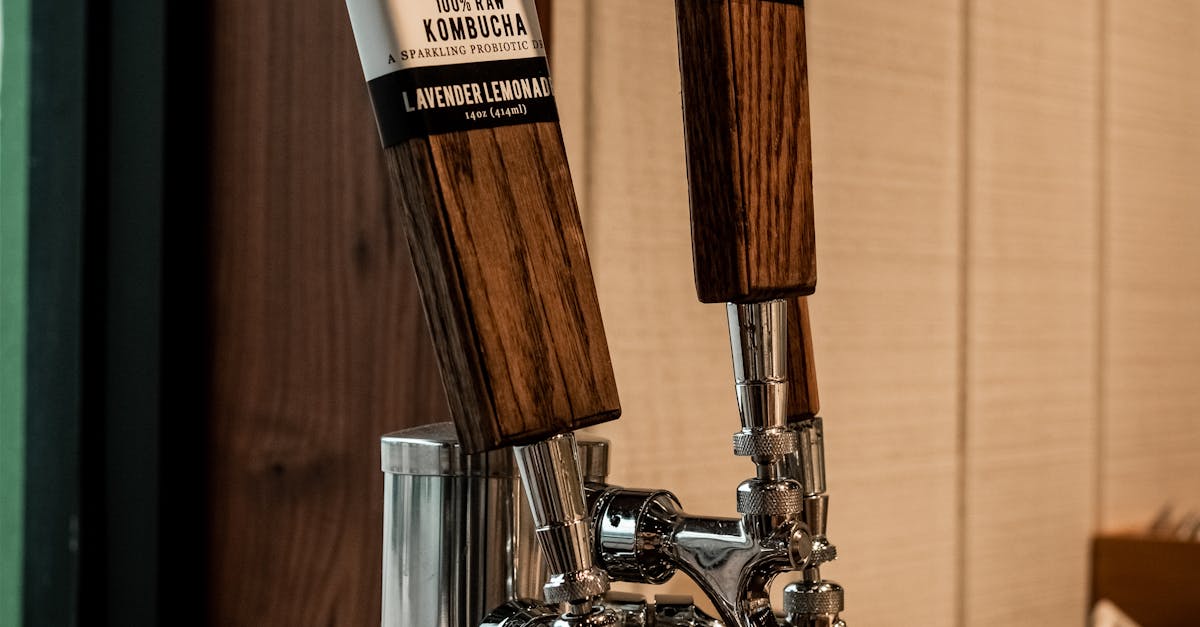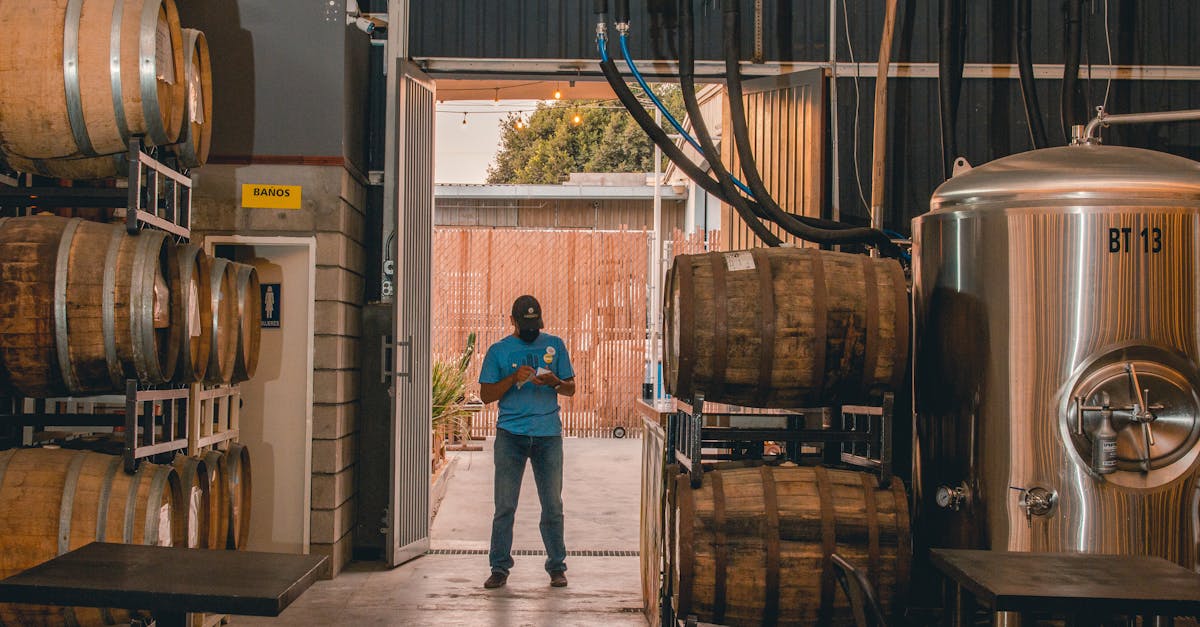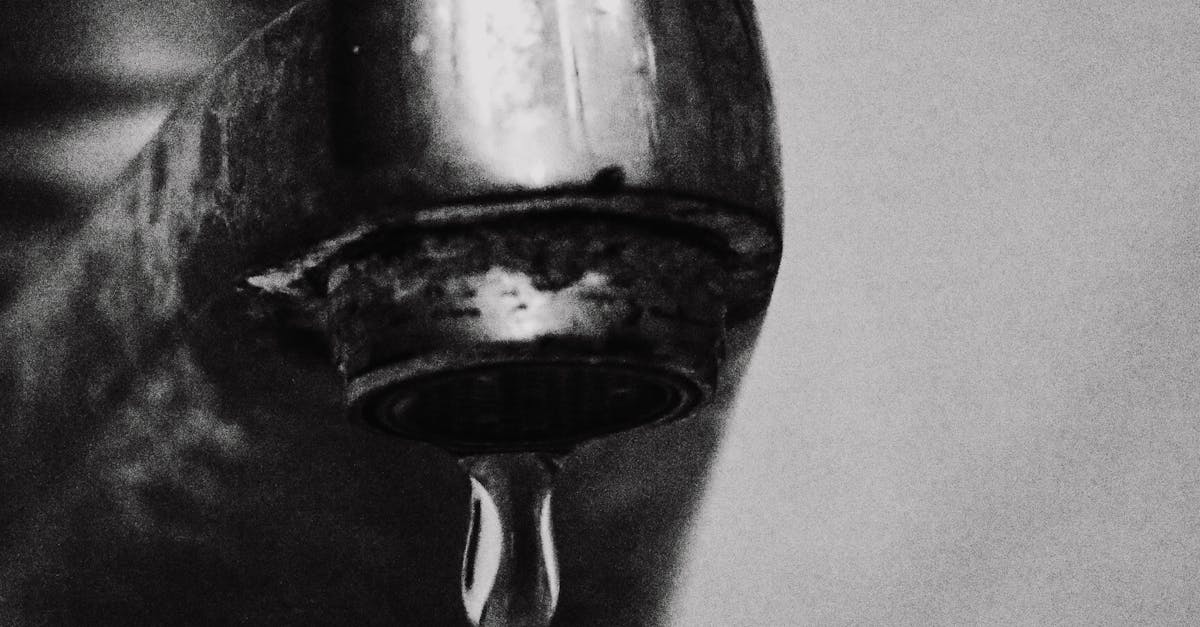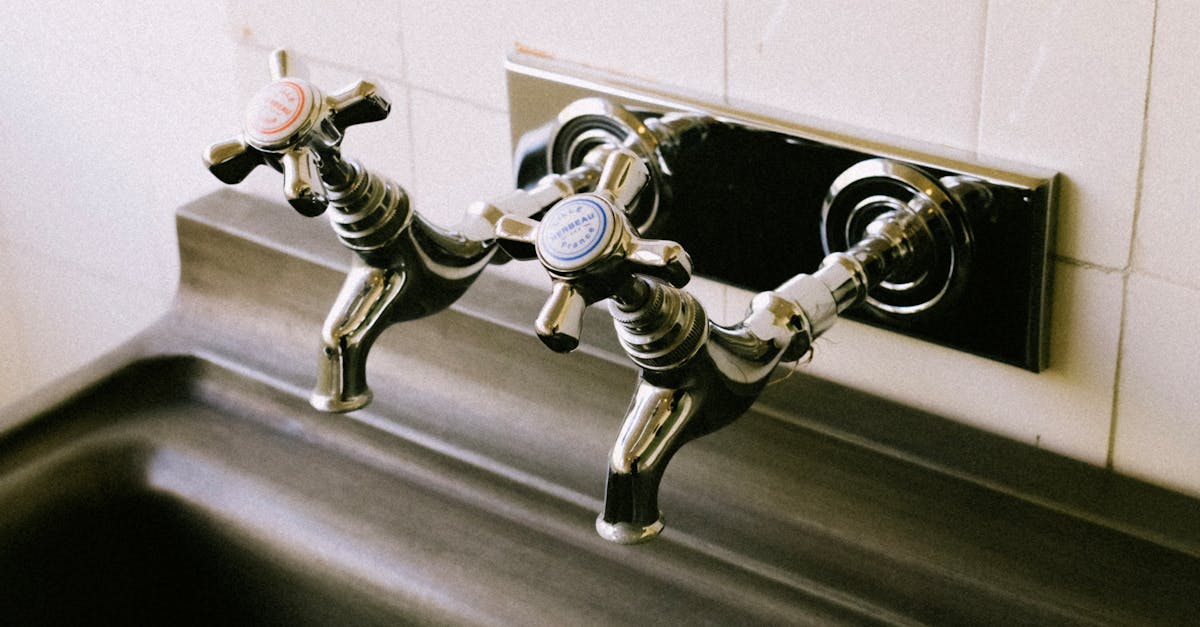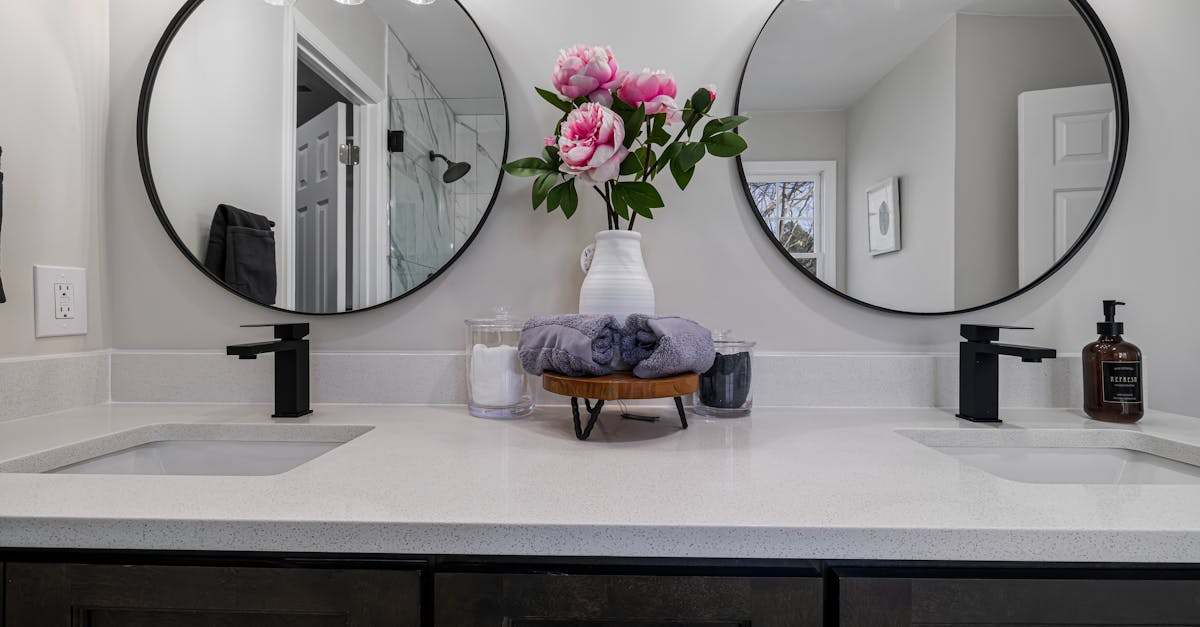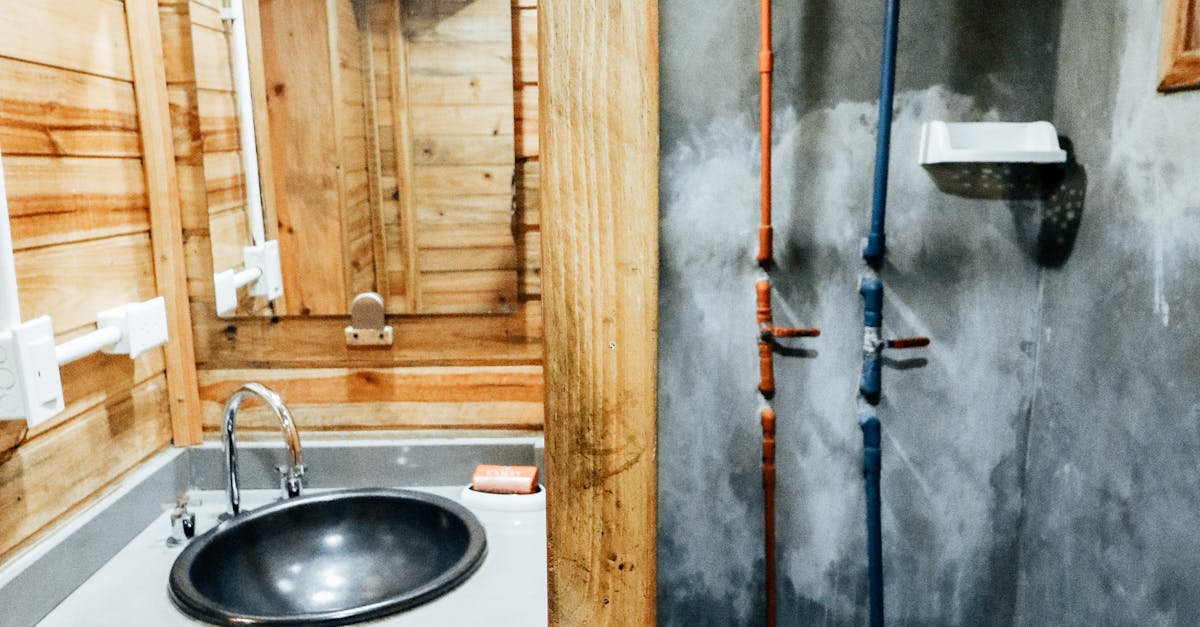
Table Of Contents
Applying the Tape
Applying tape to a leaking tap requires careful preparation to ensure a proper seal. First, turn off the water supply to minimise any further leaks. Clean the area around the tap thoroughly, removing any residue or debris that may hinder the tape’s adhesion. This can be done using a cloth or sponge. Once the area is ready, take a length of plumbing tape and wrap it around the threaded parts of the tap. This tape is designed to fill small gaps and create a watertight seal.
When placing the tape, it's essential to wrap it evenly and in the direction of the threads. Overlapping the tape slightly helps to enhance the seal. Aim for a few layers to ensure optimal coverage without excessive bulk that might interfere with reattaching the tap. Once applied, carefully reassemble the tap to avoid displacing the tape. Test the tap by turning the water back on slowly to check for any remaining leaks.
Techniques for Effective Tap Sealing
To effectively seal leaking taps, start by ensuring the surface is clean and dry. Any residue or moisture can impede the adhesion of the tape. Carefully wrap the tape around the affected area, maintaining consistent tension without stretching the tape too tightly. This method helps to create a more reliable seal and prevents the tape from slipping or tearing during usage.
It's important to use a tape designed specifically for plumbing tasks, such as plumber's tape or Teflon tape. These materials are resistant to water and can withstand changes in temperature. After applying the tape, turn on the tap and check for improvements. If the leaking continues, a more thorough inspection of the tap components may be necessary to address the underlying issue.
Longterm Repair Options
Leaking taps can be a persistent problem that requires more than just a temporary fix. If tap tape has not resolved the issue, it may be time to explore long-term repair options. Common approaches include replacing washers and O-rings, as these components often wear out and lead to leaks. In some cases, it may be necessary to change the entire tap if the damage is extensive or if the tap is particularly old and inefficient.
When considering permanent solutions, assessing the overall condition of the plumbing fixtures is vital. Investing in high-quality replacements can not only eliminate existing leaks but also prevent future issues. Staying proactive with regular maintenance checks will help identify potential leaks early, ensuring that leaking taps become a thing of the past.
When to Consider Permanent Solutions
Often, leaking taps indicate an underlying issue that temporary fixes cannot resolve. If the tape method has been employed and the leak persists, it may suggest that components such as washers or O-rings are worn out or damaged. In such cases, examining the internal parts of the tap becomes essential. Replacing these worn components can restore the tap's functionality and prevent further damage to the plumbing system.
Another factor to consider is the age of the tap itself. Older taps may require more frequent repairs, and at some point, replacing the entire unit may be more economical than continued patching. Upgrading to a more modern design that utilises better technology can offer improved durability and efficiency. By addressing leaking taps with permanent solutions, homeowners can avoid the inconvenience and potential water wastage associated with ongoing leaks.
Prevention Measures
To prevent leaking taps, regular maintenance is essential. Inspecting washers, O-rings, and other components can help identify wear and tear. Replacing worn parts as soon as they show signs of damage can significantly reduce the risk of leaks in the future. Additionally, ensuring that fittings are properly tightened can prevent unnecessary movement that may lead to leaks.
Keeping your taps clean is another effective strategy. Buildup of minerals and debris can affect the functioning of tap components, leading to leaks. Regularly wiping down taps and checking for any signs of corrosion can help maintain their integrity. Implementing these simple practices can lead to a longer lifespan for your taps and a decrease in the occurrence of leaking taps.
Tips to Avoid Future Tap Leaks
Regular maintenance can significantly reduce the occurrence of leaking taps. Inspect washers and O-rings periodically, as these components often wear out over time, leading to leaks. Replacing them promptly can save water and minimise damage to your plumbing fixtures. Ensure fittings and connections are sealed correctly to prevent water from seeping through the joints.
Keeping tap aerators clean helps maintain optimal water flow and performance. Sediment and mineral buildup can cause pressure changes, resulting in leaks. By regularly removing and cleaning the aerator, you can enhance efficiency and reduce the risk of leaking taps down the line. Additionally, avoid overtightening taps, as this can strain components and lead to future leaks.
FAQS
Can I use tape to fix a leaking tap?
Yes, using tape can be a temporary solution to fix a leaking tap, but it’s important to ensure that the surface is clean and dry before applying the tape for the best results.
What type of tape should I use for a leaking tap?
Plumber's tape, also known as Teflon tape, is recommended for sealing leaks in plumbing fixtures as it is designed to withstand water and provide a tight seal.
How long can I expect the tape to hold up on a leaking tap?
The tape may provide a temporary fix for a few days to a week, depending on the severity of the leak and water pressure. It's advisable to seek a permanent repair as soon as possible.
When should I consider a permanent repair for my leaking tap?
If the tape solution does not stop the leak within a few days or if the leak is severe, it's time to consider permanent repair options, such as replacing washers, O-rings, or the entire tap.
What are some prevention measures to avoid future tap leaks?
Regular maintenance checks, ensuring connections are tight, and avoiding over-tightening can help prevent future leaks. Additionally, investing in quality tap fixtures can reduce the likelihood of leaks occurring.
